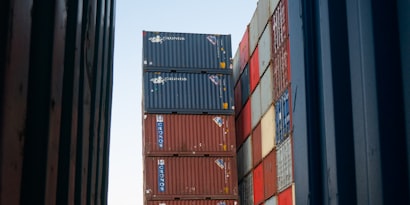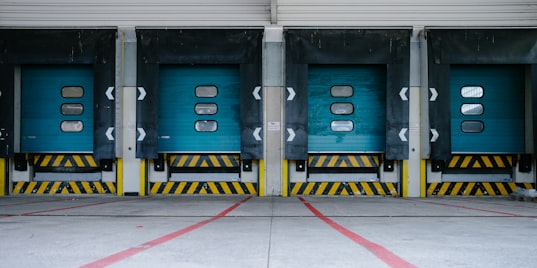
During an interview with the SAFETY4SEA team at Nor-Shipping 2019, Jan Erik Rasanen, Head of New Technologies, Foreship, talked about the need of today’s ships to comply with upcoming legislations, providing an overview of the major highlights regarding alternative propulsion technologies for ships.
In particular, Mr. Rasanen noted that currently there are three different areas: batteries, fuel cells and bio-fuels. When it comes to batteries, he said, more and more ships are now choosing them,...
https://safety4sea.com/cm-todays-vessels-need-flexible-design-to-comply-with-upcoming-legislations/



